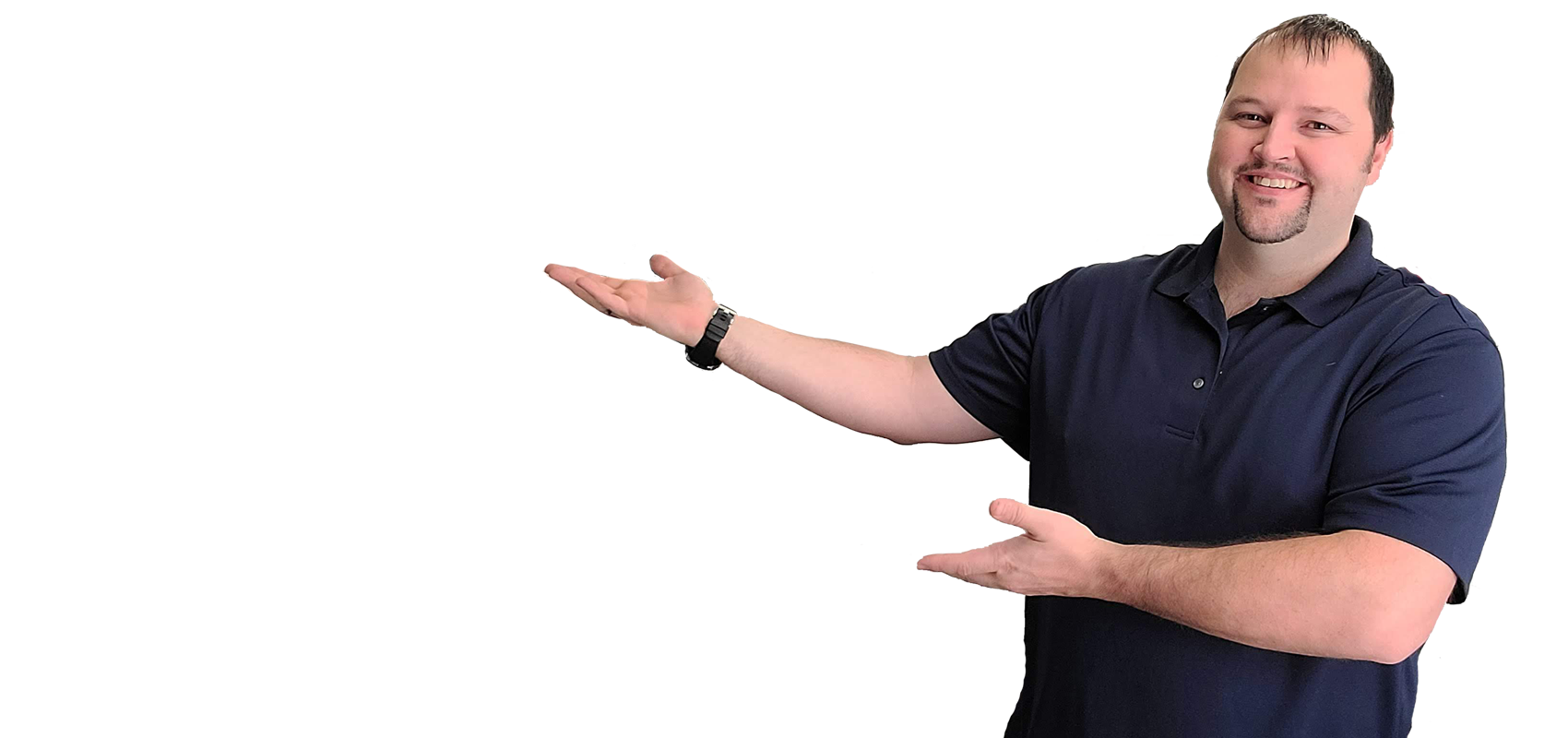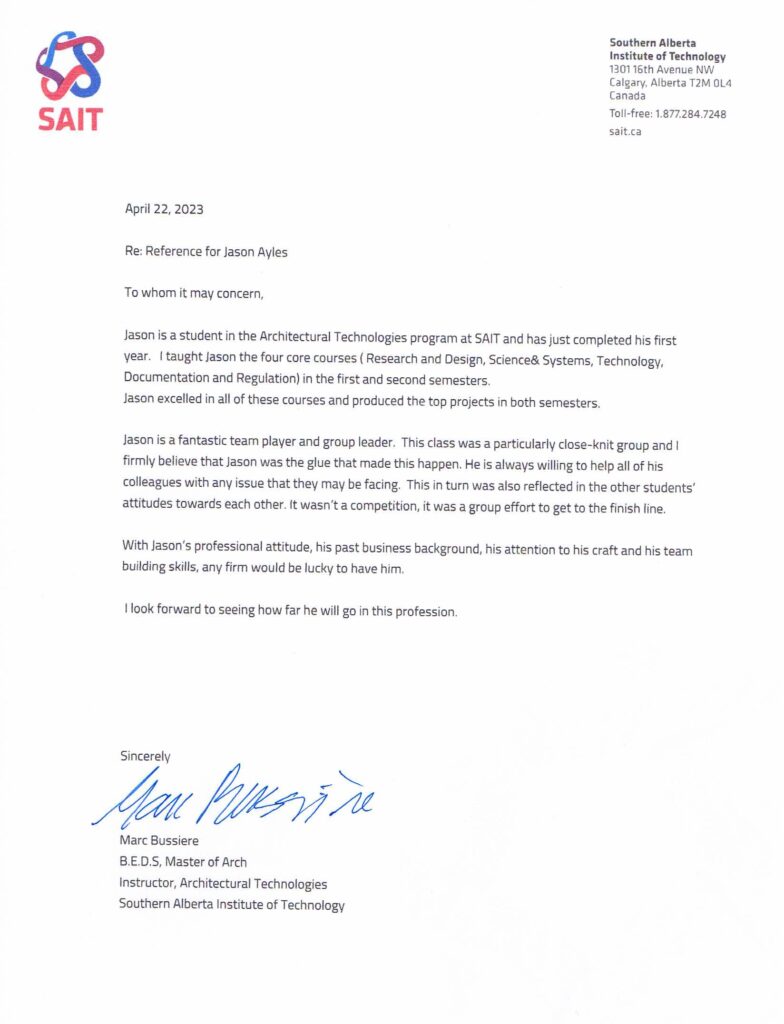About Me
Jason Ayles is a seasoned businessman adept at overseeing both commercial properties and service-based enterprises. His extensive background in marketing, business management, and real estate has been pivotal in attaining remarkable levels of accomplishment.
His fervor for real estate encompasses an array of facets—be it construction, upkeep, renovation, acquisitions, or sales. Regarded as an eternal learner, Jason is deeply committed to embracing advanced building methodologies and innovative problem-solving approaches. His commitment to ongoing education led him to enroll in the RAIC Syllabus Architecture program in 2020, aiming to culminate his real estate expertise by obtaining licensure as an architect.
Currently pursuing studies in SAIT’s Architecture Technology Program, Jason aims to graduate with his diploma May 2024
Jason epitomizes focus and determination, exhibiting a remarkable ability to adapt to diverse work environments. His proficiency extends to collaborating effectively with individuals of varying dispositions, unhesitatingly seeking clarity or guidance on projects when necessary.



